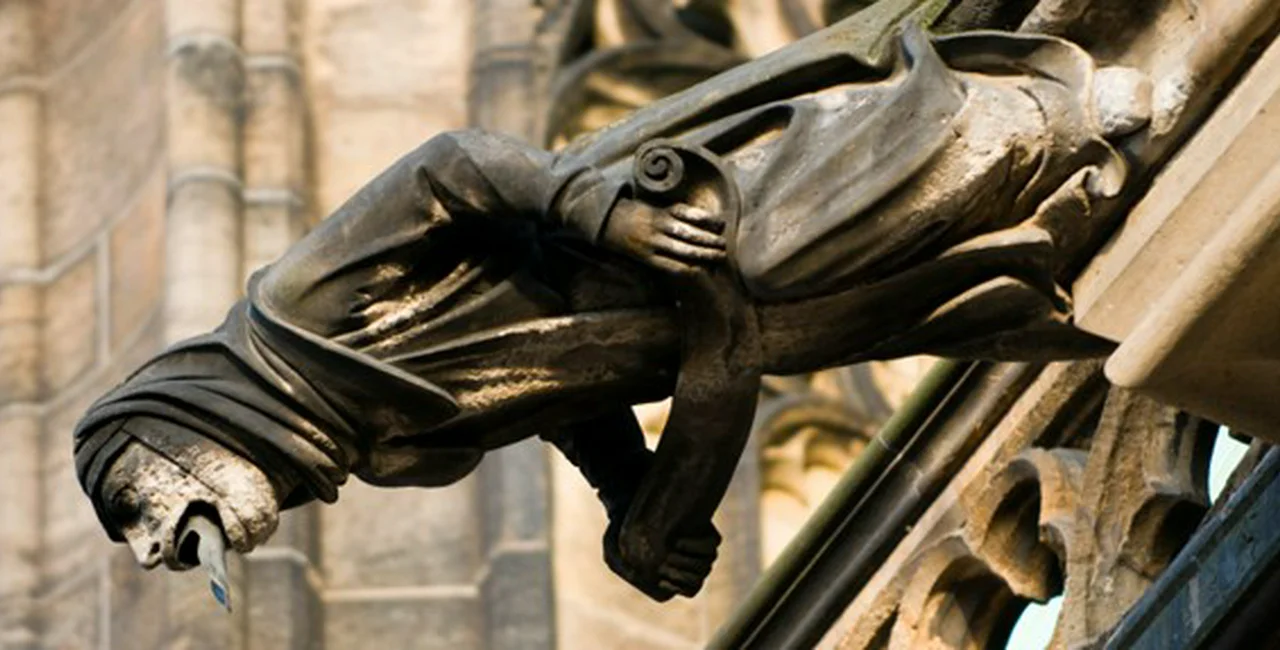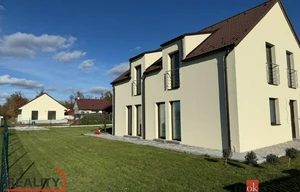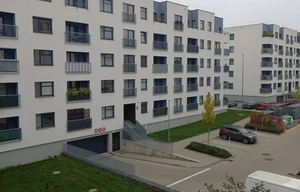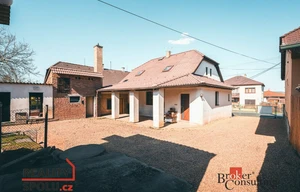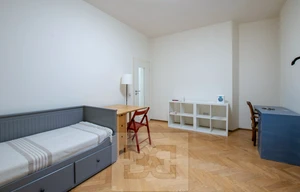At Halloween, we’re often fed contrived images of horror such as vampires, werewolves, and other monsters and ghouls. But there are some real-life horror stories in Prague, some which occurred right in the middle of the tourist district.
Prague’s Bloody Heart
Beside the Old Town Square’s most famous draw card – the astrological clock – is the site of one the most infamous scenes in Czech history. On June 21st, 1621, 27 noblemen were executed for their role in dethroning the Habsburg Ferdinand and naming Friedrich as King of Bohemia. This break from the Habsburgs ended with the defeat of Bohemian forces at the battle of White Mountain. To punish the “insurrectionists”, a large scaffold was erected and the men were executed in order or rank, the most senior getting the chop first. Twelve of the heads were displayed for ten years on the Charles Bridge tower. Today, 27 crosses mark were this bloody event occurred. Earlier this year, the guerilla art group Ztohoven erected a 28th cross in honor of Martin Fruvejn, who was tortured to death before the formal execution.
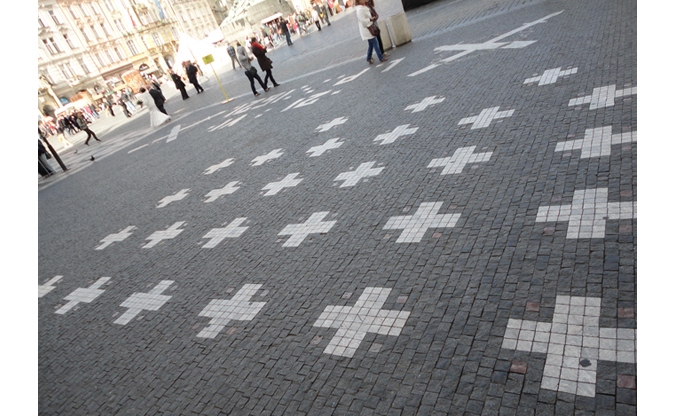
Old Town Square
Almost in the same place, but two centuries earlier than the events described above, was another violent execution. Jan Želivský, a popular Hussite priest, was invited to the Old Town Hall to advise the alderman on the course of the Hussite War. In fact, the alderman had the door bolted and summoned the executioner, who then decapitated Želivský and 9 or 12 of his followers (numbers vary). Želivský’s followers were alerted to the treachery when blood began to trickle outside. They forced their way in to get their leader’s head, which they then carried through Prague on a platter. Afterwards, they retaliated with equal violence.
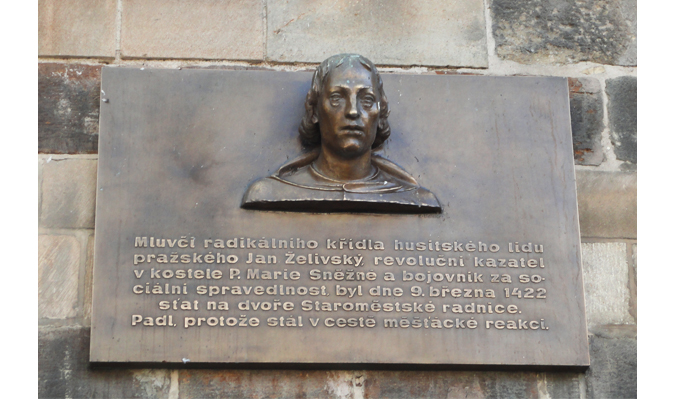
Bust of Želivský
Spooky Church
We don’t often associate churches with the uncanny and macabre (okay, most of us don’t), but the Church of St James the Greater (Kostel svatého Jakuba Většího, on Malá Štupartská) may be one of the spookiest in Prague. According to one legend, a thief was struck on the hand by a wooden stature of the Virgin Mary and became immobile until the hand which had been hit was cut off. Creepiest of all, the hand apparently still hangs in the church.
An even weirder story concerns Wenceslas of Mitrovice. Wenceslas, a count, dreamed he would come back to life after being buried, so when he was finally laid to rest he asked for a needle to be pushed through his heart. His wish was not carried out, and, he was buried in a wooden coffin with a marble slab placed on top. A few days later, townspeople claimed to hear a strange sound coming from his grave. They poured holy water on it, which seemed to make the sound stop. When Wenceslas’ son was buried, the monks found the coffin smashed and Wenceslas lightly tapping on the stone. In another version, when the monks finally removed the slab they found the dead body of the count, but with a look of horror on his face, as though he had woken up only to die again.
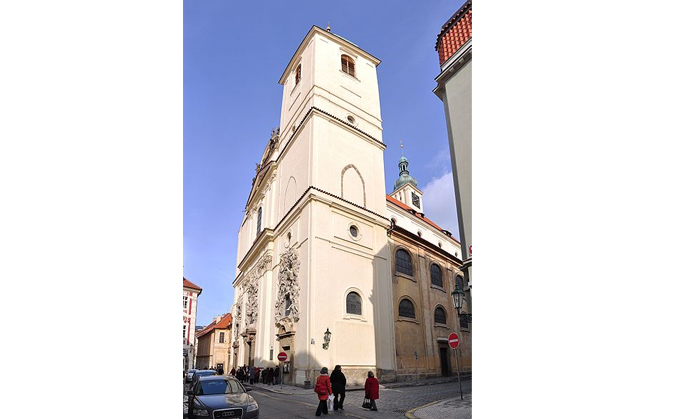
the Church of St James the Greater on Malá Štupartská
Out the Window
Defenestration is not necessarily unique to Prague, but two defenestrations of Prague led to major historical events, and, it is said, gave rise to the use of the term. The first defenestration occurred from the New Town Hall, opposite Karlovo náměstí, on July 30th, 1419. Again, it concerned Jan Želivský. This time he was leading a demonstration to the town hall to demand the release of Hussite prisoners. The councilors threw stones, one striking Želivský’s monstrance. The incensed crowd stormed the building and threw the councilors from the window. Those that survived the fall were beaten to death. This event is seen as a key cause of the Hussite War.
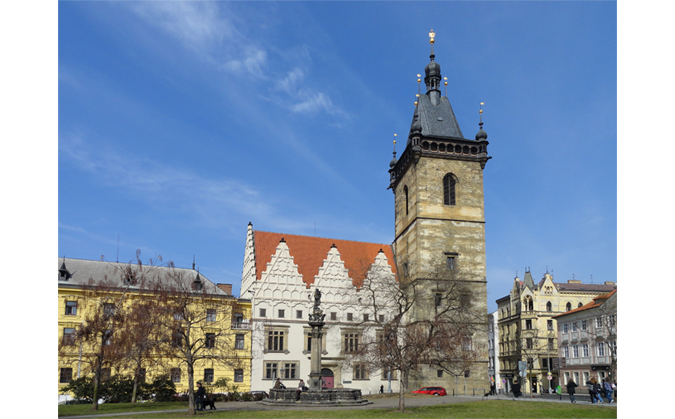
the New Town Hall, opposite Karlovo náměstí
Almost 200 years later, on May 23rd 1618, the same method was used by Protestant nobles. Count Thurn, upset that he was passed over as Castellan of Kalrstadt and inflamed by a letter written by the emperor’s adviser, Bishop Klesl, bribed his way into Prague Castle with a group of supporters and ejected the Regents from a window. This time, their victims survived. The first, Jaroslav Bořita from Martinice, landed in a ditch. Vilém Slavata managed to grab the window ledge, so Thurn’s men hit his hands until he let go. He still lived. The last, Phillip Fabricius, apparently hit the ground running and headed all the way to Vienna.
The most recent incident is sometimes known as the third defenestration of Prague. Jan Masaryk, son of former president Tomáš Masaryk and the foreign minister of the Czech Government in Exile, was found dead in the courtyard beneath his bathroom window, located in what still is the Foreign Ministry on March 10th, 1948. At first it was ruled suicide, then later an accident. For a long time, people have suspected he was murdered by communist forces. The accusation of murder was held up by a 2004 Czech police investigation.
Views to a Kill
Okay, maybe Czech politics didn’t entirely settle down by the modern era, as the First Republic finance minister Alois Rašín discovered on January 5th, 1923. Anarchist Josef Šoupal shot him in the back outside his apartment at Žitná 8 in Prague 2. Rašín died from the wounds about six weeks later. Today, there is a swanky hotel at this address.
The assassination of Reinhard Heydrich, the Nazi “Deputy Protector of Bohemia and Moravia” requires little introduction. The bloody retaliation against the people of Lidice is well-known; recently, it was the subject of a film. Perhaps what is not so well-known is what a near miss the attack was.
When assassins Jozef Gabčik and Jan Kubiš sprung on their target at the intersection of Zenklova and V Holešovičkách (The intersection looks a lot different today.) in Libeň on May 27th, 1942, they almost didn’t complete their mission. Gabčik’s gun failed to fire, and instead of driving away, Heydrich ordered the driver to stop and Heydrich returned fire, giving Kubiš the opportunity to hurl a bomb into the car. The bomb injured the target as well as Kubiš. Heydrich climbed from the wreckage and still tried to give chase, only stopping when the pain from his injuries got too much. He died a week later from septicemia.
However, the story doesn’t end there. Gabčík and Kubiš sought refuge in the Orthodox Ss. Cyril and Methodius Cathedral at Na Zderaze 9, not far from Karlovo náměstí. On June 18th, 1942, Nazi forces attacked the church. Kubiš was wounded and knocked unconscious by an explosion from a grenade. He bled to death at the infirmary in Podolí. Gabčík, along with three accomplices, took his own life in the crypt of the Cathedral.
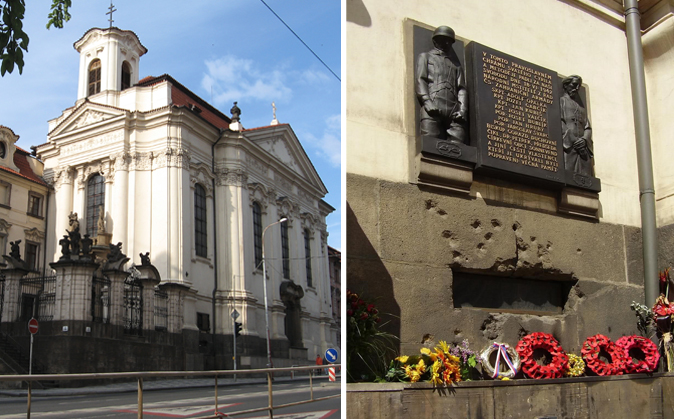
House of Mystery
Karlovo Náměstí is connected with a lot of sinister events. On the southern end of the square at no. 40 is Faust’s House (Faustův dům). The house was not in fact the home of the Doctor Faust of legend. However, the building is still associated with the dark arts.
Edward Kelly, supposed alchemist and real-life charlatan, lived there. Kelley claimed to be able to speak to angels, and approached John Dee, an alchemist, mathematician, astronomer and one time consultant to Queen Elizabeth I, with his ability. Dee believed Kelley, and together the two became an important part of Rudolf II’s court. Elizabeth I summoned Dee back to England while Kelley remained, marrying a woman from a rich family and using her dowry to buy this house in 1590. This appears to be the most successful Kelley was at making gold. Even when Rudolf II imprisoned him, Kelly couldn’t come up with the goods by alchemy.
The house passed on to many owners. In 1724, another would-be alchemist, Ferdinand Antonín Mladota bought the house. It’s not sure if any of his magical experiments were successful, but apparently he had several mishaps with more conventional science, blowing the roof off the building. Today, the building houses the offices of various medical associations, but you can duck into the courtyard for a peak. There, you’ll find a pharmacy. It seems someone has a sense of humor.
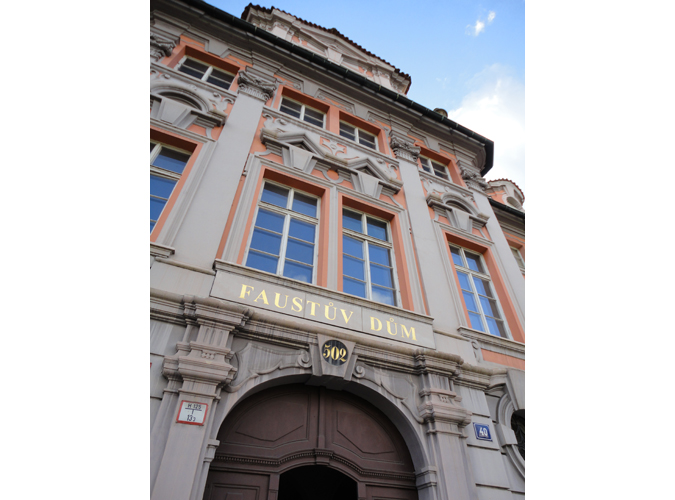
The Worst Room in Prague
Anyone who has ever queued up to get their Czech criminal record in Pankrác may be surprised to know that right next door are a group of people whose records are not so clean. Yes, beside Prague’s Supreme Court is the Prague Pankrác Remand Prison, and like so many places in this city it has some skeletons. Quite literally in this case.
During the Nazi occupation, the prison housed the gallows, where, according to the head executioner, 920 men and 155 women were either guillotined or hung. The use of the guillotine earned the three cells set aside for this purpose the name “sekyrárna” (axe room). Today, Pankrácká sekyrárna is part of the Pankrác Memorial and is occasionally made open to the public. At the moment, there is no clear information on opening hours. If you are interested in visiting, consider contacting Prison Services of the Czech Republic.
Do you have any more tips for a morbid or spooky outing in Prague?
Related articles
- 10 Travel Articles That’ll Get You Excited for Autumn In the Czech Republic
- VIDEO: Amazing Recreation of 14th-Century Construction of Charles Bridge
- Prague Is the Cheapest City In Europe for Ballet, Opera, Art
- Český Krumlov Mulls Over Charging Tourists a Toll
- New Travel Guide Puts Czech Monasteries On the Map











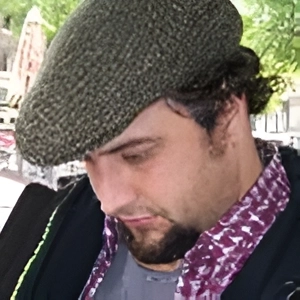
 Reading time: 7 minutes
Reading time: 7 minutes 